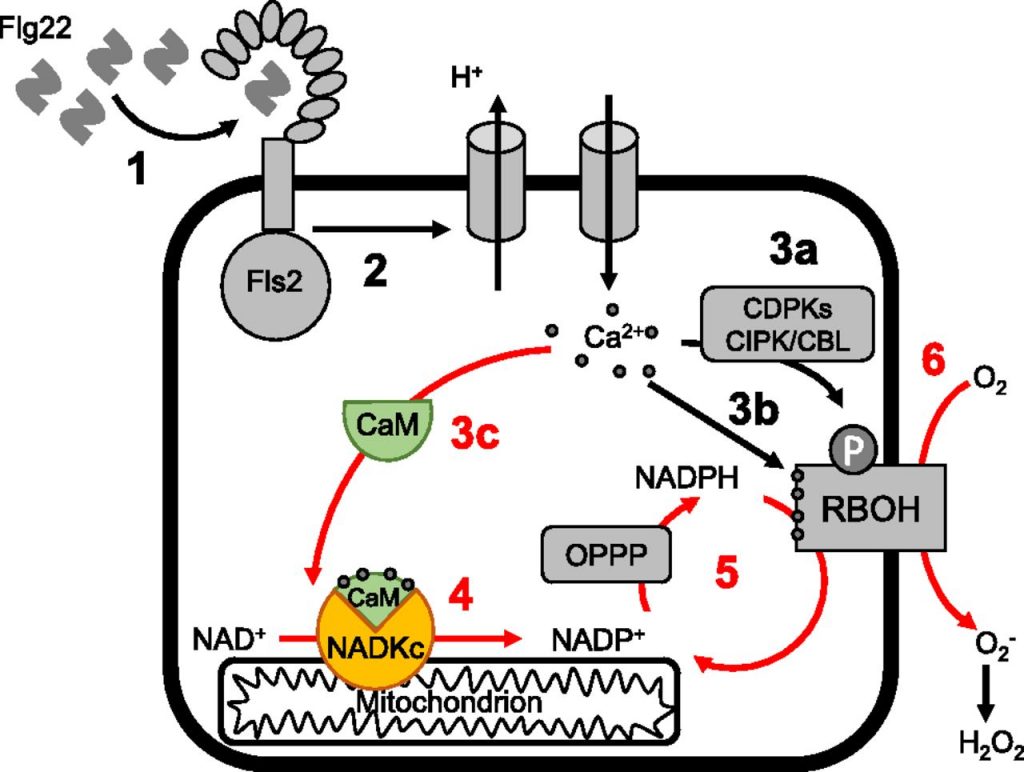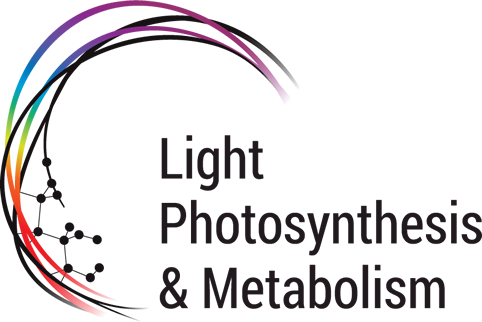
New Member ! Marie Dannay
1st November 2019
New Member ! Mattia Storti
1st February 2020
NADP(H) is an essential cofactor of multiple metabolic processes in all living organisms, and in plants, NADP(H) is required as the substrate of Ca2+-dependent NADPH oxidases, which catalyze a reactive oxygen species burst in response to various stimuli. While NADP+ production in plants has long been known to involve a calmodulin (CaM)/Ca2+-dependent NAD+ kinase, the nature of the enzyme catalyzing this activity has remained enigmatic, as has its role in plant physiology. Here, we used proteomic, biochemical, molecular, and in vivo analyses to identify an Arabidopsis (Arabidopsis thaliana) protein that catalyzes NADP+ production exclusively in the presence of CaM/Ca2+. This enzyme, which we named NAD kinase-CaM dependent (NADKc), has a CaM-binding peptide located in its N-terminal region and displays peculiar biochemical properties as well as different domain organization compared with known plant NAD+ kinases. In response to a pathogen elicitor, the activity of NADKc, which is associated with the mitochondrial periphery, contributes to an increase in the cellular NADP+ concentration and to the amplification of the elicitor-induced oxidative burst. Based on a phylogenetic analysis and enzymatic assays, we propose that the CaM/Ca2+-dependent NAD+ kinase activity found in photosynthetic organisms is carried out by NADKc-related proteins. Thus, NADKc represents the missing link between Ca2+ signaling, metabolism, and the oxidative burst.
Dell’Aglio E., Giustini C., Kraut A., Couté Y., Costa A., Decros G., Gibon Y., Mazars C., Matringe M., Finazzi G., Curien G*. (2019). Identification of the Arabidopsis Calmodulin-Dependent NAD(+) Kinase That Sustains the Elicitor-Induced Oxidative Burst. Plant Physiology. 181(4):1449-1458. doi: 10.1104/pp.19.00912


